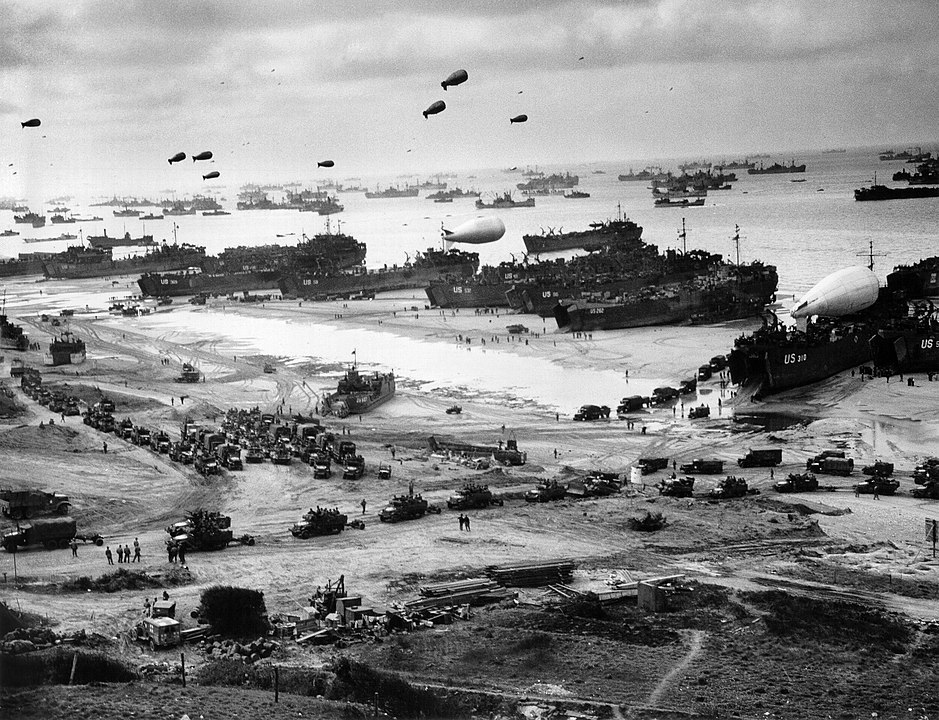May — June, 2024
History Matters
Showing our children that their past is prelude to their future, with book recommendations
Brown v. Board of Education
One of the most important legal decisions of the twentieth century took place seventy years ago. On May 17, 1954, the U.S. Supreme Court ruled that school segregation was unconstitutional. The concept of “separate but equal” schooling had solidified in the wake of the 1896 Supreme Court decision, Plessy v. Ferguson. In the 1954 case Brown v. Board of education of Topeka, Kansas, however, Justice Earl Warren declared that segregation violated the 14th Amendment to the Constitution.
The ruling was controversial then and remains so. Some legal scholars believe that the Supreme Court had chosen to establish new laws on the basis of social rights, instead of doing its duty to follow established law and precedent. In any event, a follow-up ruling-unanimous like the first in May 1955, ordered states to begin desegregating schools “with all possible speed.” The court’s practice of what came to be called “judicial activism” would continue for decades.
A few years later–in September 1957–nine African American teenagers attempted to enter the segregated Central High School in Little Rock, Arkansas. White teenagers and parents, backed by the state National Guard, repeatedly blocked the children from entering. Finally, President Dwight D. Eisenhower brought the state National Guard under Federal authority and ordered them, with U.S. Army troops, to escort the Little Rock Nine into school. Desegregation had begun in earnest.
For more information about Brown v. Board of Education, the Grateful American Book Prize recommends Michael J. Klarman’s Brown v. Board of Education and the Civil Rights Movement.

101st Airborne escorting the Little Rock Nine to school
D-Day
Eighty years ago, in–May 1944–most of Western Europe lay under the domination of Nazi Germany. American and British troops had cleared Axis forces out of North Africa in the winter of 1942-1943. In July 1943, the Allies captured Sicily, and then began moving northward through Italy. By the spring of 1944, the German forces had blocked the Allies south of Rome; In the east, meanwhile, Soviet forces stood poised to shatter the thin Axis lines and drive deep into Central Europe. All the while, Hitler’s Final Solution-the genocide of Europe’s Jews-was in full operation.
The cross-channel Allied invasion of France-known as Operation Neptune (everything up to the landings) and Operation Overlord (the landings themselves)-would decide the fate of western Europe. Because of the Allied deceptions– including the creation of a mythical “Ghost Army,” - Hitler thought the landings would take place at the English Channel’s narrowest point, the Pas de Calais. Instead, American, British, Canadian, and “Free French” forces would invaded Normandy.
Paratroopers-including the American 82nd and 101st Airborne Divisions-began landing just after midnight on June 6, 1944. The infantry came ashore at daybreak on five beaches: Utah, Omaha, Gold, Juno, and Sword. At Omaha, the U.S. 29th and 1st Divisions took terrible losses, as immortalized in the movie Saving Private Ryan, but U.S. Army Rangers scaled the sheer cliffs at Pointe du Hoc against fierce German resistance. Eventually the landing beaches were secured at the cost of thousands of casualties, including 2,501 Americans killed in action. Their bravery and sacrifice ensured the freedom of millions.
For more information about D-Day, the Grateful American Book Prize recommends John McManus’s The Dead and Those About to Die, D-Day: The Big Red One at Omaha Beach.

Landing ships putting cargo ashore on Omaha Beach at low tide during the early days of the Allied invasion, mid-June 1944.
Ed Lengel is an author, a speaker, and a storyteller.
History Matters is a feature courtesy of the Grateful American Book Prize,
an annual award for high quality, 7th to 9th grade-level books dealing with important moments in history.




